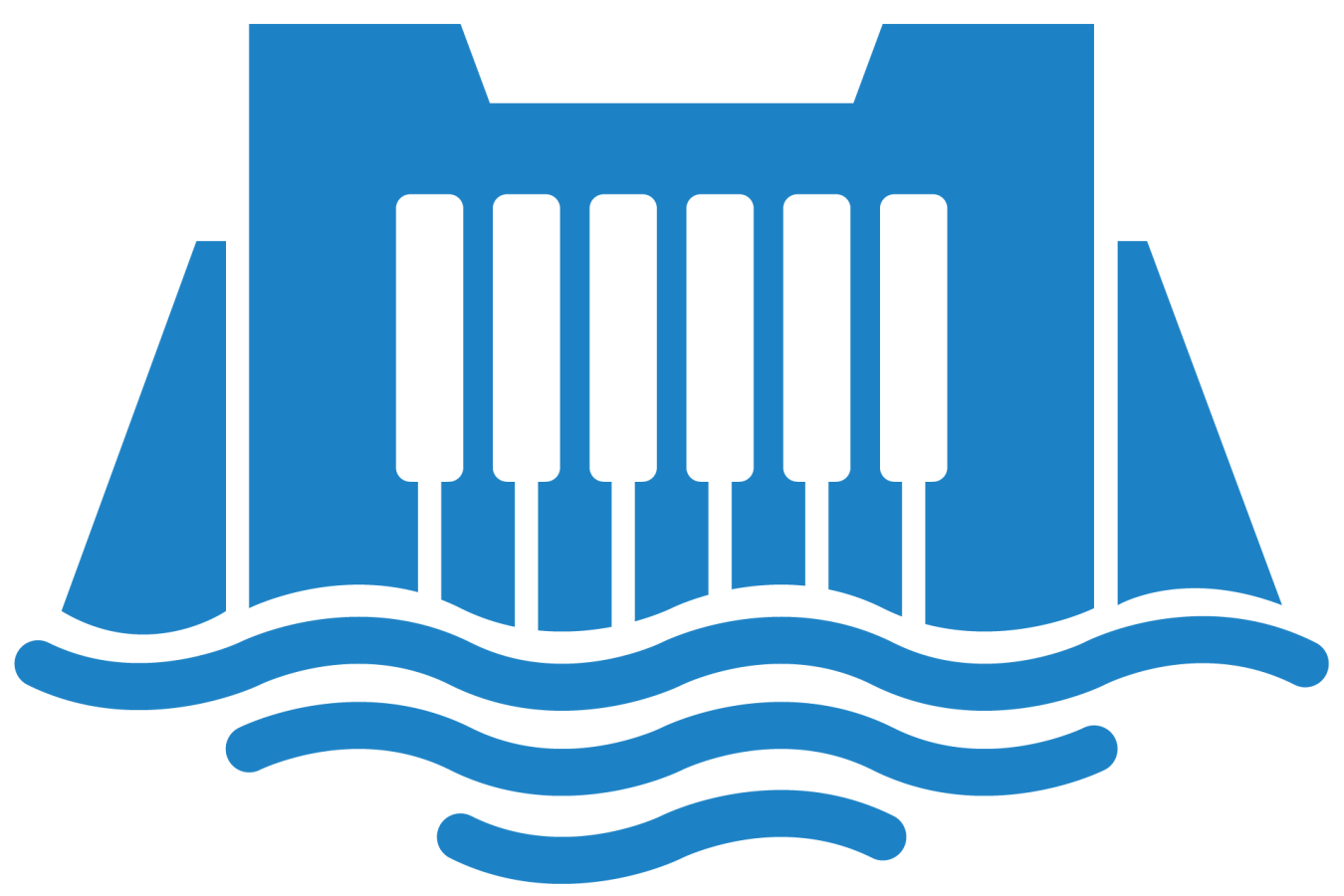A team of researchers optimized deep learning software and created software that can automatically detect migrating fish near hydropower facilities.
Water Power Technologies Office
March 1, 2023HYDROPOWER PROGRAM
Environmental and Hydrologic Systems Science
Project Name: Deep Learning for Fish Identification from Sonar Data
Project Team: Electric Power Research Institute and Pacific Northwest National Laboratory
Lead Recipient Location: Palo Alto, California, with testing completed in Richland, Washington

An Electric Power Research Institute and Pacific Northwest National Laboratory (PNNL) team optimized advanced machine learning technology that uses sonar data to identify migrating eels near hydropower facilities. The resulting object detection software uses images and videos to identify multiple fish species and distinguish them in near-real time from other objects in the water.
Existing technology at hydropower facilities cannot automatically detect migrating eels, so many operators curtail turbine operation during migration season to ensure safe eel passage. This new technology will help operators better identify these migrating eels, decreasing injuries to these fish populations and reducing the need to cut back turbine operation when fish are not present.
The team—which included machine learning experts, data scientists, biologists, and engineers—experimented with and optimized data and information (such as neural networks, algorithms, training datasets, and thresholding specifications) to ensure computers could identify the correct fish shapes from field data collected by the Electric Power Research Institute’s Eel Research Centre. The team further tested the detection software at PNNL’s Aquatic Research Laboratory with fish to validate and improve the program’s performance.
Environmental and Hydrologic Systems Science Projects
-
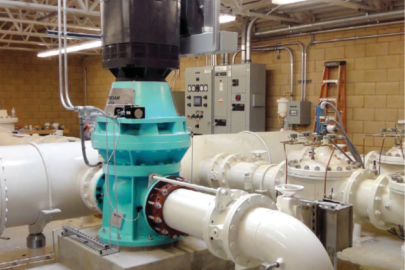 An Oak Ridge National Laboratory report found opportunities to develop hydropower on conduits in every state, totaling 1.41 gigawatts of new generating potential.
An Oak Ridge National Laboratory report found opportunities to develop hydropower on conduits in every state, totaling 1.41 gigawatts of new generating potential. -
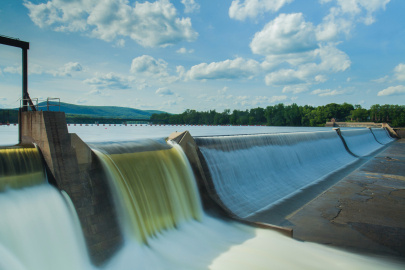 A General Electric Research-led team demonstrated a new hydropower turbine design and monitoring methodology that allows plant operators to adjust power output in a few seconds to meet energy demand without needing to start or stop units.
A General Electric Research-led team demonstrated a new hydropower turbine design and monitoring methodology that allows plant operators to adjust power output in a few seconds to meet energy demand without needing to start or stop units. -
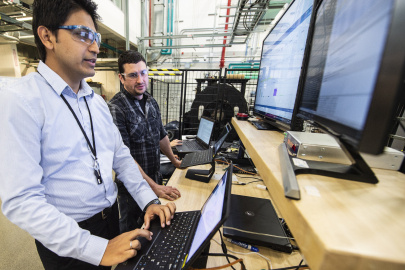 The Cybersecurity Value-at-Risk Framework tool enables hydropower owners and operators to understand their individual plant’s cybersecurity risk and the best approach to mitigate those risks.
The Cybersecurity Value-at-Risk Framework tool enables hydropower owners and operators to understand their individual plant’s cybersecurity risk and the best approach to mitigate those risks. -
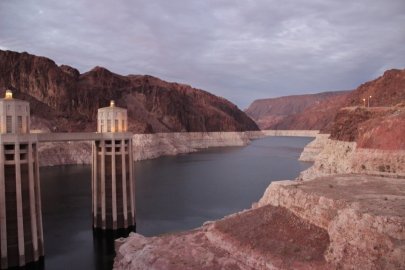 A Pacific Northwest National Laboratory study found hydropower could still be relied upon to supply flexible power during periods of high energy demand—even during the most severe droughts.
A Pacific Northwest National Laboratory study found hydropower could still be relied upon to supply flexible power during periods of high energy demand—even during the most severe droughts.
WPTO's Hydropower e-newsletter features news on R&D and applied science to advance sustainable hydropower and pumped-storage technologies.
The WPTO e-newsletter brings funding opportunities, events, publications, hydropower, and marine energy updates directly to your inbox.


